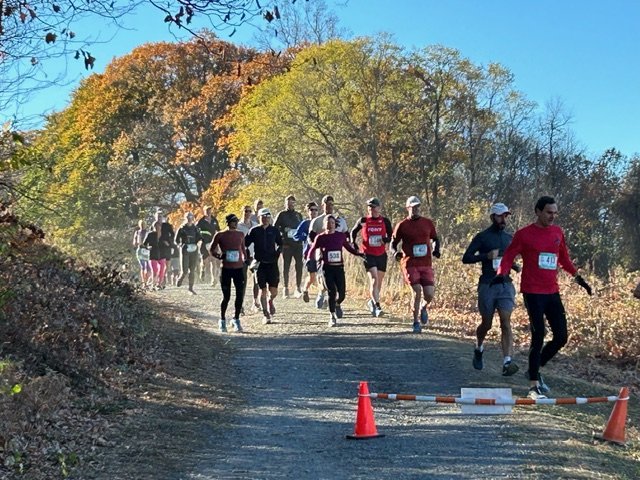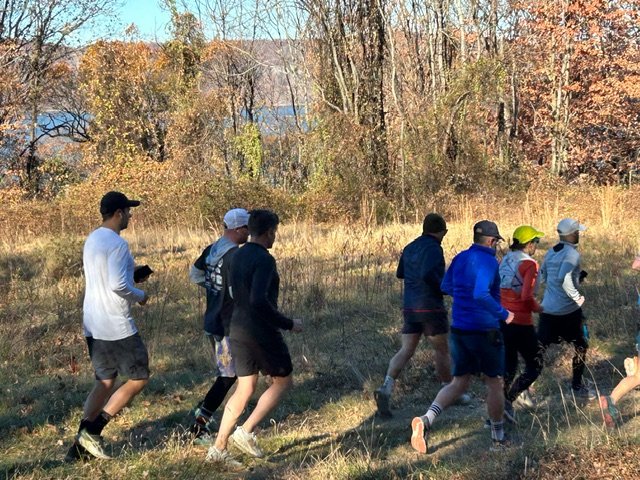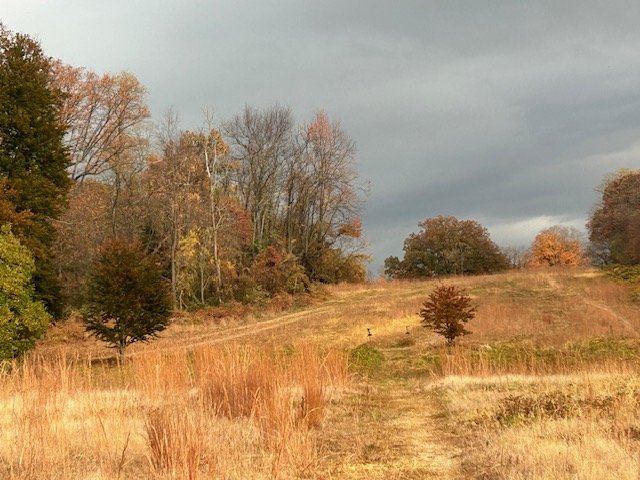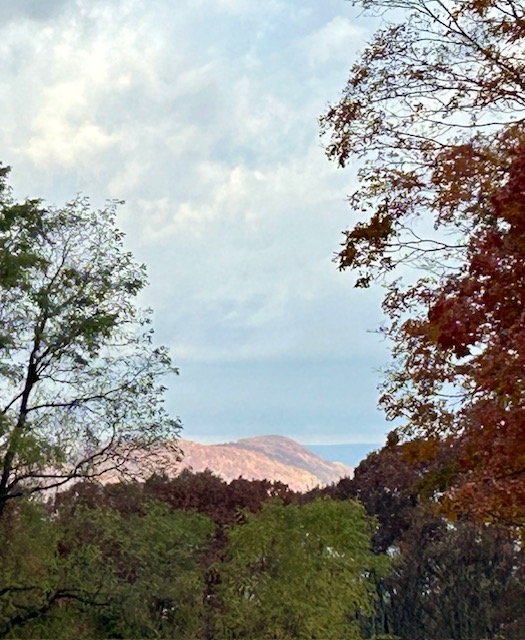There’s an Elephant Orchestra in Thailand: the Only Non-Human Orchestra in the World
In 2000, musician Dave Soldier and conservationist Richard Lair co-founded the Thai Elephant Orchestra, a group of elephants who live—and make music—at a conservation center near the city of Lampang in northern Thailand. Back in 1957, scientist Bernhard Rensch posited that elephants could remember melodies and distinguish between basic scales. This inherent musical ability inspired Soldier (who also goes by David Sulzer in his professional life as a neurobiologist) to give elephants a chance to perform music of their own. He developed the concept with Lair, who believed it would be a great way to raise necessary funds and interest for elephant conservation.
The Thai Elephant Orchestra released their eponymous debut album in 2001, featuring six young elephants performing improvisational music. The band went on to release two more albums: 2004’s Elephonic Rhapsodies, and 2011’s Water Music. The tunes usually revolve around local Thai music traditions and incorporate giant, steel-enforced drums specially built for the elephants to whack. Some elephants can even play the harmonica by blowing air through their trunks. According to Soldier’s website, the orchestra features as many as 16 elephants at any time, and a group of four elephants performs for several minutes each day for guests at the conservation center.
These elephants are so musically gifted that, in 2012, a human orchestra performed an arrangement of their original compositions for a live audience in New York City. After the performance, when asked to guess the composer, audience members speculated that the music had been written by such great talents as John Cage or Antonín Dvorák. To the delight of everyone, the geniuses behind the music were later revealed to be a group of elephants.
Source: Interestingfacts.com
Contributed by Jane Hart































































